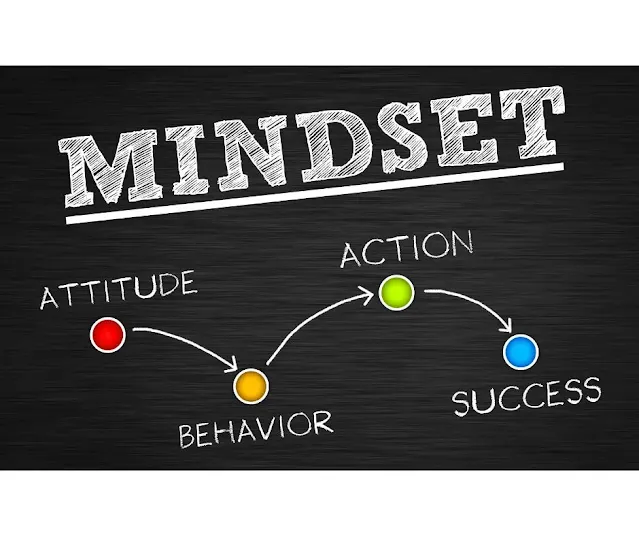Estimated Reading Time: 5 minutes
What Are the Key Benefits of Personalized Learning in Education?
Personalized learning has gained significant traction in education over the past decade. It’s an approach that tailors the learning experience to meet the unique needs, preferences, and interests of each student. As the demand for innovative educational methods increases, personalized learning is proving to be an effective solution for enhancing student engagement, improving outcomes, and fostering a deeper love for learning. In this article, we will explore the key benefits of personalized learning in education and how it transforms the way students learn and teachers instruct.
What is Personalized Learning?
Personalized learning refers to instructional methods, techniques, and strategies that cater to the individual learning needs of each student. Unlike traditional one-size-fits-all teaching approaches, personalized learning uses data, technology, and adaptive learning systems to customize the learning experience. This approach gives students more control over their learning pace, style, and preferences, enabling them to take ownership of their education.
1. Enhanced Student Engagement
One of the primary benefits of personalized learning is that it significantly boosts student engagement. When students have more control over their learning, they become more motivated and invested in the process. By providing personalized learning experiences that are relevant to each student’s interests and learning styles, educators can create a more dynamic and exciting learning environment. Engaged students are more likely to retain information, participate actively in lessons, and demonstrate greater enthusiasm for school activities.
2. Improved Learning Outcomes
Personalized learning allows students to progress at their own pace, which can lead to better learning outcomes. Students who may struggle with the standard curriculum can receive additional support, while those who excel can move ahead without feeling held back. Tailored learning paths ensure that students can focus on areas where they need improvement, thus reinforcing their strengths and addressing weaknesses. This results in improved academic performance and a higher level of confidence in their abilities.
3. Increased Flexibility and Autonomy
One of the most notable advantages of personalized learning is the increased flexibility it offers students. By allowing students to choose how and when they engage with content, personalized learning provides autonomy. Flexibility in learning promotes self-direction, helping students develop critical thinking and problem-solving skills. This autonomy also nurtures intrinsic motivation, encouraging students to pursue areas of interest beyond the standard curriculum.
4. Support for Diverse Learning Styles
Every student learns differently, and personalized learning accommodates these differences. Students who learn best through visual aids, auditory resources, or hands-on experiences can receive targeted materials that cater to their preferred learning styles. Personalized learning also supports students with special needs or disabilities by offering accommodations and modifications that ensure everyone has equal access to education. This inclusivity helps bridge the gap between students with varying abilities and fosters a more equitable learning environment.
5. Data-Driven Instruction
Personalized learning leverages data to drive instruction and decision-making. Teachers can use learning analytics to monitor each student’s progress, identify areas of improvement, and adjust instruction accordingly. Real-time feedback allows educators to be more responsive to student needs, providing timely interventions when necessary. This data-driven approach leads to more effective teaching, as it enables educators to cater their methods to the unique progress and challenges of each student.
6. Fosters a Growth Mindset
Personalized learning cultivates a growth mindset, as it encourages students to view challenges as opportunities for growth. In a personalized learning environment, failure is not seen as an end but rather as a learning experience. With regular assessments and feedback, students are encouraged to keep improving, leading to better self-efficacy. Promoting resilience and perseverance, personalized learning helps students understand that success is the result of effort, practice, and continuous learning.
7. Improved Teacher-Student Relationships
By focusing on individual learning needs, personalized learning creates opportunities for stronger teacher-student relationships. Teachers can spend more time with each student, offering tailored guidance and support. These closer relationships can foster trust and understanding, making it easier for students to approach teachers with questions or concerns. Personalized learning also allows teachers to better understand each student’s strengths, weaknesses, and personal goals, which leads to more meaningful interactions.
8. Encourages Lifelong Learning
Personalized learning not only addresses the immediate academic needs of students but also prepares them for lifelong learning. By developing skills such as self-regulation, critical thinking, and problem-solving, students are better equipped to navigate the ever-changing world of work and continue their education long after school. Lifelong learning is an essential skill in today’s fast-paced society, and personalized learning fosters this mindset from a young age.
The Future of Education
Personalized learning is more than just a trend—it is the future of education. As the landscape of education continues to evolve, personalized learning will play a key role in making learning more effective, engaging, and inclusive. By addressing the unique needs of each student, personalized learning helps unlock the full potential of every learner, ensuring that all students have the opportunity to succeed.
As educators and policymakers embrace personalized education solutions, they are paving the way for a more customized and rewarding learning experience. The benefits—improved student engagement, better learning outcomes, increased flexibility, and enhanced teacher-student relationships—are clear. Personalized learning is the key to unlocking the future of education, providing students with the tools they need to thrive in a dynamic world.
Key Takeaways
- Personalized learning enhances student engagement by tailoring content to individual interests.
- It leads to improved learning outcomes by allowing students to learn at their own pace.
- Personalized learning offers increased flexibility and promotes autonomy in the learning process.
- It supports diverse learning styles, ensuring that all students can succeed.
- Data-driven instruction helps teachers make real-time adjustments to better support student learning.
FAQs
Personalized learning boosts student engagement by tailoring lessons to individual interests, learning styles, and needs. When students have control over their learning process, they are more motivated and actively involved, making the learning experience more exciting and relevant to them.
2. What impact does personalized learning have on academic performance?Personalized learning allows students to progress at their own pace, ensuring that those who need extra help can receive it, while advanced learners can move forward without being held back. This individualized approach helps reinforce strengths, address weaknesses, and ultimately leads to improved academic outcomes and higher confidence.
3. How does personalized learning accommodate different learning styles?
Personalized learning recognizes that students learn in various ways—whether through visual, auditory, or hands-on methods. By providing tailored resources and instruction, it ensures that each student's preferred learning style is supported, enhancing comprehension and retention.
4. What role does data play in personalized learning?
Data-driven instruction is a key feature of personalized learning. Teachers use data to monitor student progress, identify challenges, and adjust instruction accordingly. This approach enables timely interventions, ensuring that each student's unique needs are met and fostering more effective learning.

.webp)
.webp)
.webp)


.webp)

.webp)
